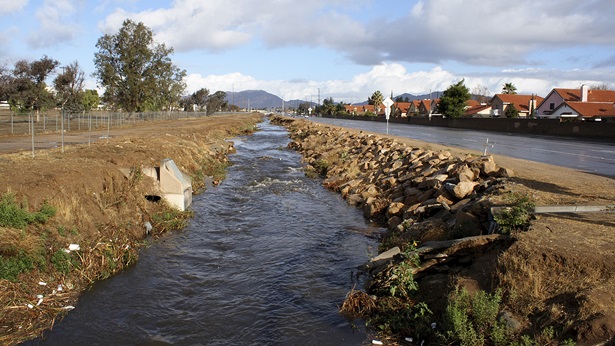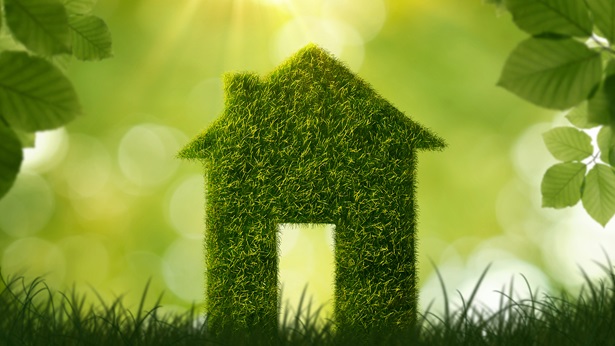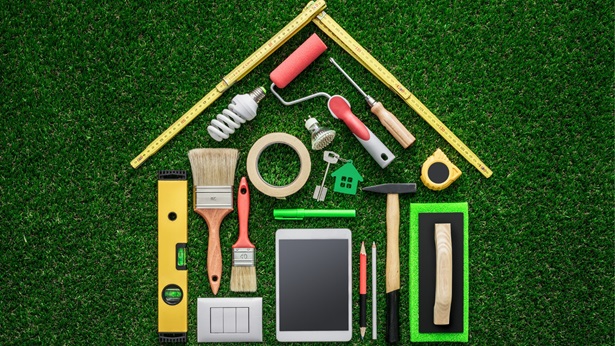What’s New in Water Technologies for the Home
Water has been around since the beginning of time, but technology regarding water continues to evolve. Here’s a snapshot of some of the latest trends in residential water technology.
Preventing Water Damage
Water damage is the third-highest home insurance claim, costing on average about $10,000 to remediate per the Insurance Information Institute. There are several types of products on the market to help owners detect anomalies in water usage — which often indicates a leak — to help reduce damage. By including these types of systems in a new home, builders can make the home stand out in the marketplace and may also allow the home owner to qualify for reduced insurance rates.
Features of water sensor detector systems include:
- Smart sensors: These sensors “learn” the water footprint of the home and send alerts to the owner if unusual patterns are observed.
- Automatic leak shutoff: Sensors in the system detect leaks and connect to a smart home system or to smart valves, and can automatically turn off the water coming into the home or isolate the source of the leak.
- Temperature monitoring: Sensors designed to detect unsafe temperatures and conditions conducive to freezing pipes can turn off the water before pipes burst.
- Smart meters: These meters can detect abnormal water usage and shut the water off at the point where it enters the house, potentially preventing damage and expensive water bills.
Reducing Potable Water Usage
Other technologies can help consumers use water more efficiently within the home or provide sources of water in addition to the typical potable sources from a water utility or private well.
- Smart controllers: Irrigation systems that respond to weather conditions and provide a “just right” amount of water for landscaping help eliminate wasteful water use.
- High-efficiency fixtures and appliances: Fixtures such as those certified by EPA’s WaterSense program and ENERGY STAR appliances can reduce indoor water use by 30% or more.
- Rainwater reuse: These systems capture roof runoff in holding tanks, provide treatment as required and allow owners to use the water for outdoor landscaping or indoor non-potable uses. Rainwater can also be used, where allowed, for potable uses in the home.
- Graywater systems: Water used in the home for activities such as showering or laundry can be captured and treated per local requirements, then used for toilet flushing or exterior landscaping.
- Atmospheric water generation: These devices produce potable water from the surrounding air. Recent technological advancements have substantially improved the energy-water ratio, increasing the feasibility of using these systems to provide a source of drinking water.



